Home sweet Palatinate. Continuing the culinary travels with my guests we left Heidelberg behind and spent a day wine-tasting on the German wine road. The German wine road in Rhineland Palatinate is the country’s oldest scenic drive. Starting in the town of Bockenheim in the southwest of Germany, the 50 mile long wine road leads through Germany’s second largest wine growing region all the way to the French border. This area of Palatinate was not just my home before moving to the US, but also home to the Romans centuries ago. They recognized that the mild climate would be perfect to harvest some exceptional grapes for their wine production.
Our first stop was the in the town of Bad Dürkheim. The spa resort is home to the world’s biggest wine barrel, which can hold 44 million gallons of wine. It has been transformed into a multi-level wine restaurant. In September, the town also hosts the largest wine festival in the world, the Wurstmarkt. Right across from the wine barrel is the location of the Fitz-Ritter Winery. This winery was founded in 1785 and is now in its ninth generation of management in direct lineage by the Fitz family. As a founding member of the VDP (Association of German Prädikat Wine Estates), focus at Fitz-Ritter is on Riesling wines from the best vineyards. The Rieslings are predominantly dry and clearly reflect the typical character of each vineyard. Our very knowledgeable guide Helde led us through the cellars where we could also taste some of the Fitz-Ritter Sekt (sparkling wine/Champagne).
In 1837, the Fitz estate founded the first “Champagne“ Production in the Palatinate (second in all of Germany). Helde shared with us that Johannes Fitz, known as “the Red Fitz”, had imported the necessary know-how from the Champagne region of France which had been his exile home following his activity for the German Democracy movement at the Hambach Festival in 1832. Five years later the first „Palatine Champagne“ emerged from the Bad Dürkheim winery. In 1843, the Fitz Estate was documented as official “Supplier to the Court of the Bavarian King”. Just as it was back then, today the Sektkellerei Fitz still produces Sekt from Burgundy and Riesling wines by traditional bottle fermentation. In the pictures above you can see us tasting and touring at the beautiful Fitz-Ritter estate.
For lunch I wanted my guests to experience a traditional meal from my home region. At the Restaurant Leopold in Deidesheim we enjoyed a Palatinate platter. It contains bratwurst, liver dumpling, and Saumagen (sow’s stomach) served alongside mashed potatoes and sauerkraut. No worries, Saumagen sounds very different, but it is actually unbelievably delicious. It was created in the 18th century by Palatinate farmers who used leftovers to make a new dish. Today the ingredients are not leftovers at all; indeed the butchers creating saumagen use very high-quality ingredients. Helmut Kohl, the German chancellor from 1982 to 1998, who came from the Palatinate, gave this local dish some international recognition. He served Saumagen to many foreign visitors such as Margaret Thatcher, Mikhail Gorbachev,Ronald Reagan and Bill Clinton. In the picture above you can see our actual lunch that day. The Saumagen was one of the best I have ever eaten in my life.
Restaurant Leopold and our next winery, the winery von Winning have adjoining locations in Deidesheim. Like most wineries in Palatinate their most important wines are the Riesling wines. That has to do with the unique characteristics of the soil.The winery von Winning keeps a lot of its white wines also in French oak barrels to mix later in a 2:3 ratio with steel barrel kept white wines. This adds a unique depth to the wine. On the walk through their wine cellars we noticed one room that had heavy dark mold grown over the walls and the stored old wine bottles (see picture above). Our guide explained that the mold takes a huge part in keeping a unique climate in their cellar. It acts like a buffer and absorbs moisture.
After all the eating and wine tasting we took a stroll through the village of Deidesheim. The pictures above hardly reflect the charm of this beautiful village on the German wine road. I hope you will have the time to join me on one of my culinary trips to show you around in person. I am planning to repeat this tour beginning September of 2014. Interested? Please contact me at MyKitchenintheRockies(at)dkhall(dot)org or leave a comment in the comment section below.
Stay tuned for the upcoming highlights of the trip in which I took my guests sightseeing in Baden Baden, to a traditional wine parade in the village of Sasbachwalden in the Black Forrest, and to more cooking and sightseeing in Strasbourg, France.

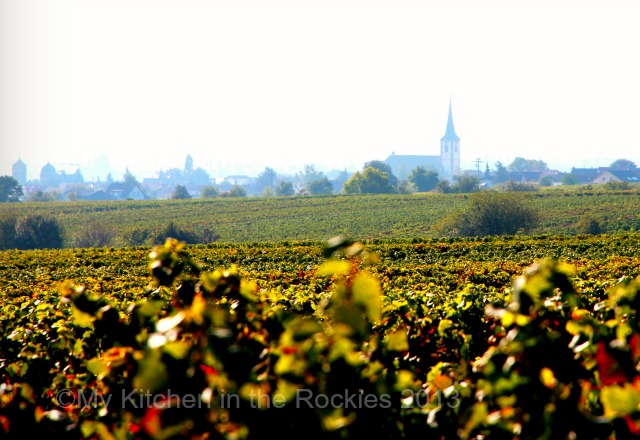
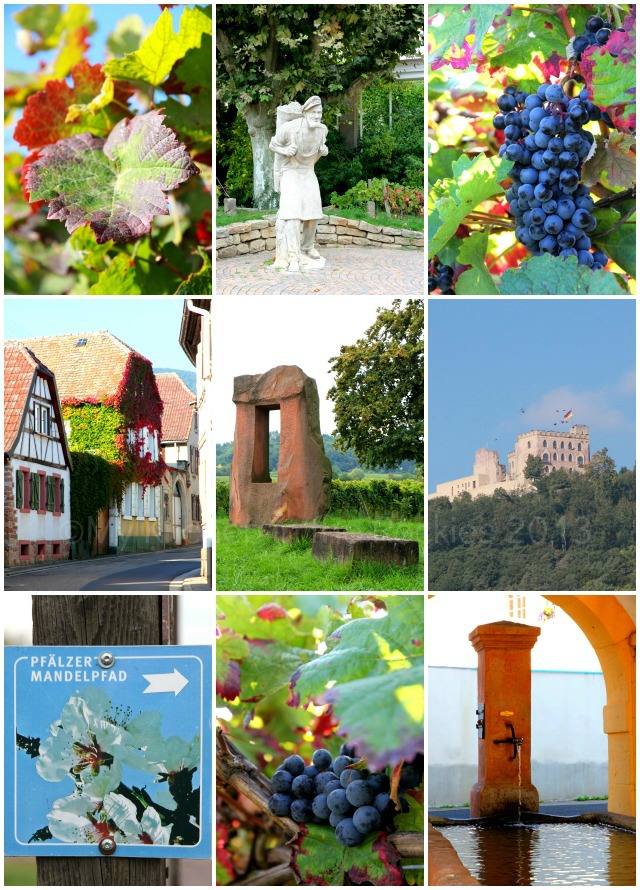
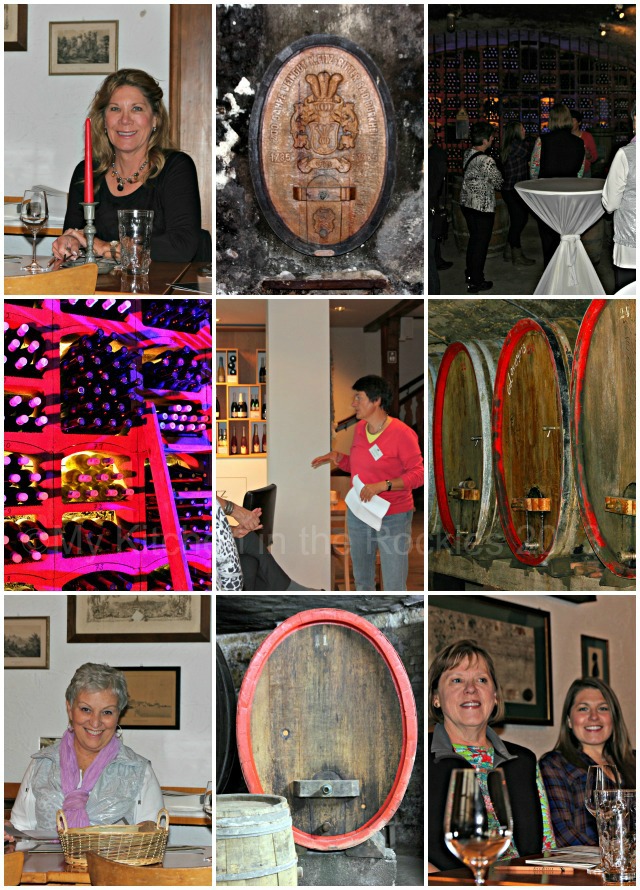
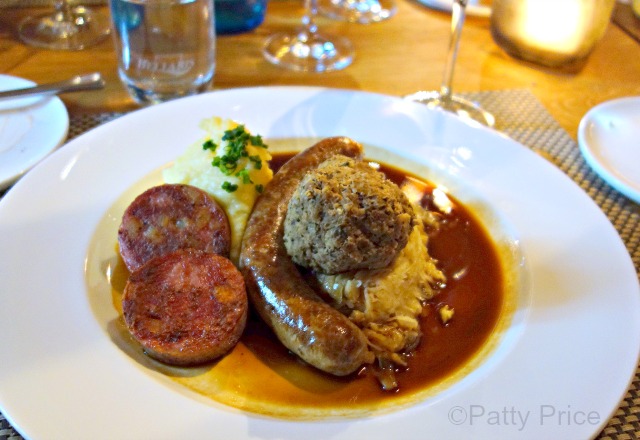
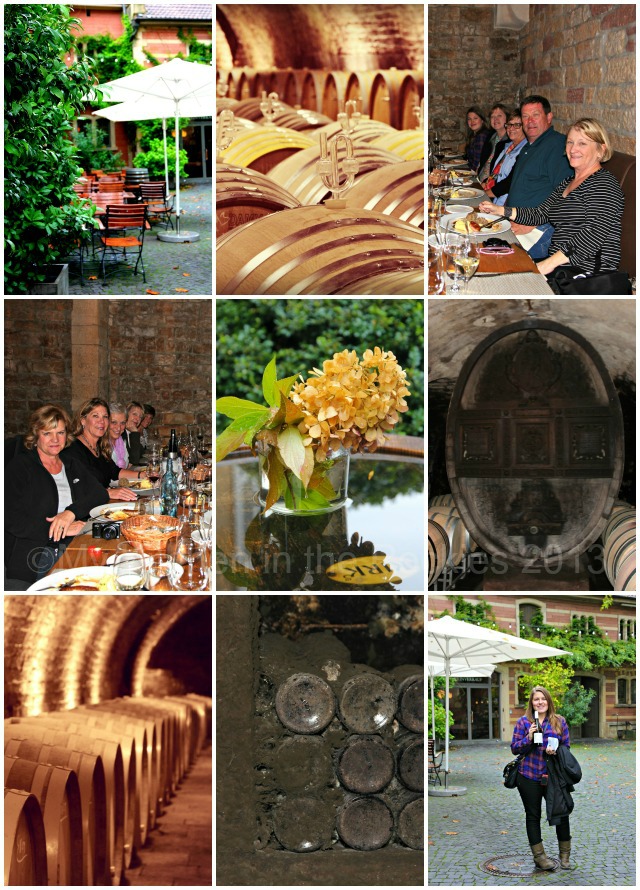


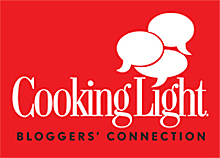

{ 5 comments }
Viele Grüße aus der alten Heimat!
:::sigh So sad it’s over. What a great trip.
Beautiful photos. What a trip! One day I’ll get back to Germany and do it right….through food.
Thanks for your interest, Dawn. I will definitely keep you posted. I would love for you to join me on my next trip to Germany and Strasbourg. Thanks again. Kirsten
Kirsten, I would appreciate receiving updates regarding your next tour. Love, love, love Strasborg SO much!
Dawn
Colorado Springs
Comments on this entry are closed.